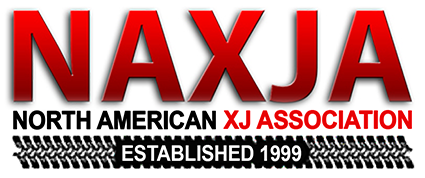maxbraketorque
NAXJA Forum User
- Location
- PDX
I've been watching a bunch of videos on axle u-joint removal and installation. Old u-joints are out, and new are ready to be installed after I finish a bit of clean-up and painting.
Most people put some sort of lube on the press-fit surfaces, but I came across a thread where a person adamantly stated that no lube should be used because it will cause the joint to slip in the press-fit surface during use. Anyone know the correct answer?
Most people put some sort of lube on the press-fit surfaces, but I came across a thread where a person adamantly stated that no lube should be used because it will cause the joint to slip in the press-fit surface during use. Anyone know the correct answer?
